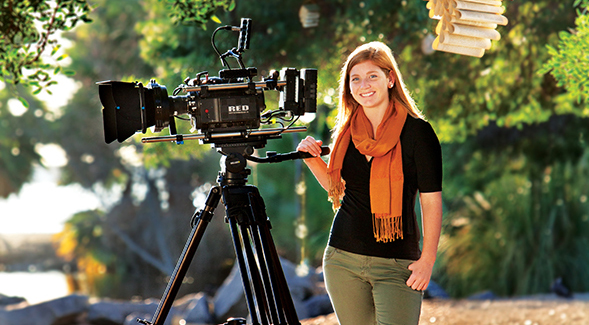Thursday, January 11, 2018
Silver Lining on the Silver Screen
This year’s study also considers the employment of women on the top 100 and 500 domestic grossing films. The analysis of the top 500 films reveals that features with at least one female director employed higher percentages of women writers, editors, cinematographers, and composers than films with exclusively male directors. For example, on films with female directors, women comprised 68 percent of writers. On films with exclusively male directors, women accounted for eight percent of writers.
About the Celluloid Ceiling Report
The Celluloid Ceiling Report has tracked women’s employment on top grossing films since 1998. It is the most comprehensive, continuous study available of women’s behind-the-scenes employment in film. This year’s study monitored 5,342 films. In its 20-year existence, the study has tracked a total of more than 60,000 movies.
The Center for the Study of Women in Television and Film at San Diego State University is home to the most current and wide-ranging studies of women working on screen and as part of film and television crews.




